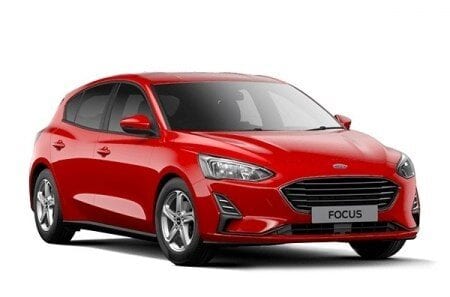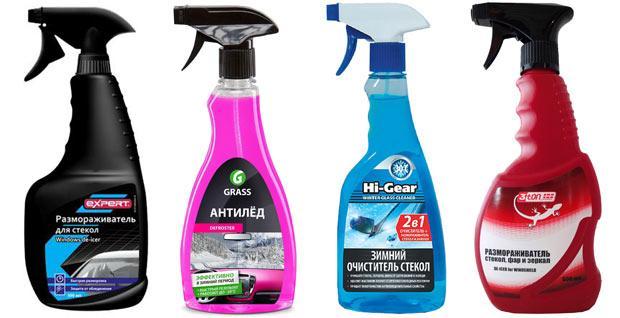
Car window defroster. Which is better?
Composition and principle of action
The vast majority of modern glass defrosters consist of several active components.
- Alcohols. The most commonly used is isopropyl alcohol, the same as used in winter windshield washer fluids. This alcohol is an excellent solvent that effectively penetrates the pores of the ice crust. Some other alcohols are able to enter into isothermal reactions with water, that is, in reactions with the release of heat. The heat output during these reactions is small, and will not allow a sharp heating of the glass to critical temperatures.
- Aliphatic hydrocarbons. These are compounds of carbon, hydrogen and some other substances without the formation of benzene rings. Depending on the position in the homologous series, they have different dissolving properties.
- propylene glycol ether. It is also an effective solvent that is widely used in the production of various water-based substances. It is actively used in the manufacture of industrial cleaning products. In the composition of glass defrosters, it plays the role of a dispersant.
- Other active components designed to increase the surface activity of the main substances, accelerate isothermal reactions and more effectively penetrate through the pores in the ice crust for active melting.
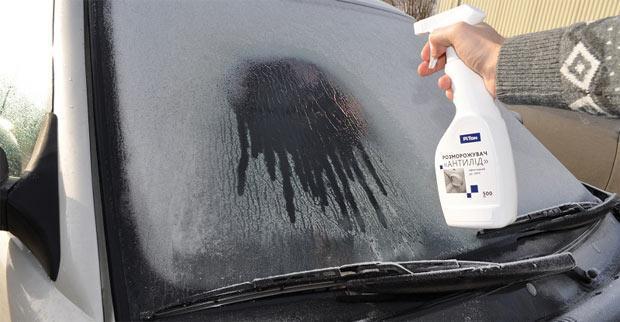

Some manufacturers do not indicate the exact composition of their products, but only indicate the general belonging of the components to a particular group of chemicals.
The principle of operation of all defrosters is combined. First, the heating of the ice crust. Secondly, its dissolution and division into as small areas as possible with separation from the glass surface. And thirdly, glass cleaning from pollution.
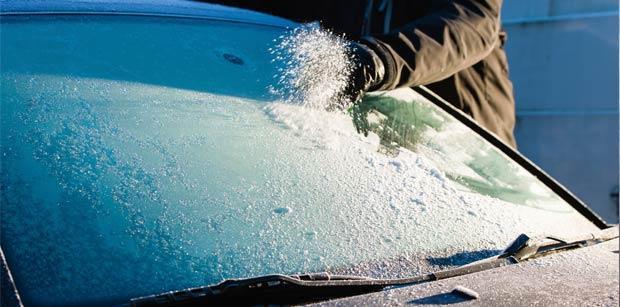

Popular glass defrosters
Let's take a brief look at several popular defrosters that are most commonly found on the Russian market.
- Liqui Moly Antifrost windscreen de-icer. Expensive and effective means to combat ice formations on windows, headlights and rear-view mirrors of a car. It does not contain chemically aggressive substances that can harm rubber and plastic parts of a car. Neutral in relation to the LCP.
- Hi-Gear Windshield De-Icer. Combined defroster for windows and locks. The cost is one of the highest in this segment of auto chemical goods. However, the versatility allowed the composition to occupy its niche in the market. Efficiency is consistently good. The tool quickly copes with small ice growths on glass and other surfaces.
- ABRO Windshield De-Icer. One of the fastest means to deal with ice buildup. Turns ice crust into gruel. Separately, one can note the ability of the composition to separate ice from glass. While other agents work more to melt, ABRO effectively separates the ice crust even in a not completely softened state.
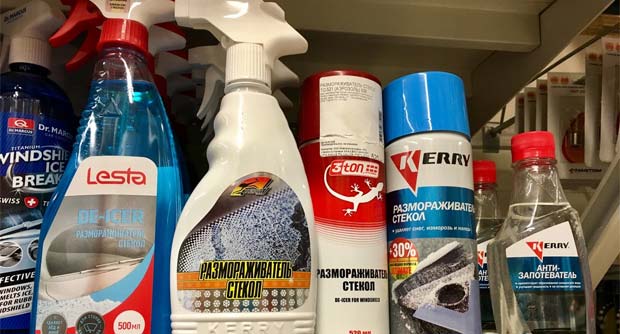

- BBF glass defroster. Quite a simple composition from a chemical point of view. At the same time, the concentration of active substances allows the product to quickly break up ice formations on glass, mirrors and headlights.
- 3TON T-521. Simple, inexpensive and effective. It has proven itself in situations where there is time to clean the car. Works in 3-5 minutes after drawing. A thin layer of ice dissolves completely. With more complex icing, it significantly reduces labor costs for removing the crust with a scraper.
- Grass "Anti-Ice". A little-known, but quite effective, anti-icing composition from an inexpensive price segment. Motorists especially notice a pleasant smell. In terms of response speed and penetrating power, it is not a favorite, but it steadily facilitates the process of dealing with ice.


And this is not a complete list of glass defrosters found on the Russian market. A logical question arises: which is better? It's actually quite difficult to answer this question. The fact is that the same substances are almost always used as active components. And all of the above glass defrosters work stably.
Reviews car owners
Regarding glass defrosters, the opinions of motorists are divided. Some drivers prefer traditional methods of removing packed snow and ice, such as using brushes and scrapers. Other motorists actively use the "antilda".
In almost all reviews, regardless of whether the motorist belongs to one or another "camp", several pluses and minuses of glass defrosters are noted:
- Simplification of the glass cleaning procedure from a physical point of view. Even if the defroster does not completely melt the ice, it makes the crust thinner and more pliable when scraped and brushed.
- Improved glass protection against mechanical damage. The fact is that glass, when cleaned with scrapers, inevitably receives microdamages. "Anti-ice" significantly reduces the mechanical load on the glass and reduces the likelihood of scratches when removing ice formations.
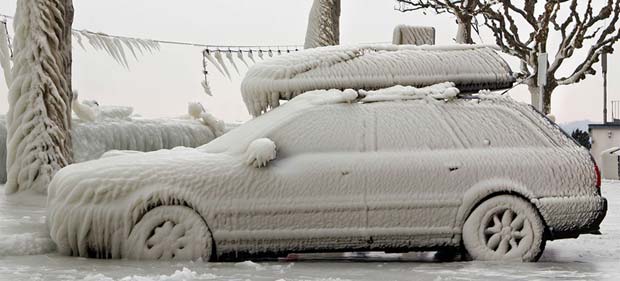

- Safe and quick separation of frozen wipers from the windshield. For some motorists, it was this advantage that became decisive in the question of whether or not to use the “antilde” for glasses.
- Car owners who actively use the Anti-Ice product claim that during the winter, depending on the region, an average of 2 to 5 bottles of the composition is consumed. And this translates into a considerable amount, given that the costs went exclusively to the glass defroster - a minor auto chemical goods.
The glass defroster will definitely simplify the procedure for cleaning windows, mirrors and car headlights from ice. However, its effectiveness is often overestimated by the manufacturer. Therefore, you should not expect that "anti-ice" will quickly and effectively melt a thick ice crust.
